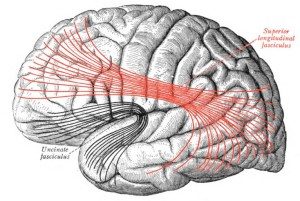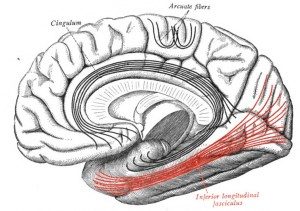
What is hemispatial neglect?
When a person has a stroke, they suffer various symptoms, such as paralysis of their arms and legs and becoming unable to move.
However, strokes cause symptoms other than ones like these than we can easily see, and some symptoms may stop stroke victims from doing “normal” things, which is known as higher brain dysfunction.
The specific types are varied, including being unable to dress themselves despite there being no paralysis, difficulty in restraining anger and desires, and being unable to understand speech or speak, but among them is hemispatial neglect, which is a symptom where it is difficult to notice what is going on in the space for one hemisphere.
In many cases, the inability appears in the space on the left side and cases from daily living including leaving only the food on the left side of one’s plate, failing to notice obstacles on the left side when walking and running into them, and not noticing when someone speaks from the left side.
Having these symptoms involves a range of dangers in day-to-day life, even with mild paralysis, and it often becomes difficult to live at home. What kinds of brain function disorders are involved in the background of these symptoms?
What is a disconnection syndrome?
The brain is a lump made up of nerve cells, but that is not to say that the entire brain is made up only of nerve cell bodies.
Nerve cells put out long nerve fibers to convey information, and bundles of these nerve fibers run throughout the brain.

Reference URL for the above figure
From the fact that their cross-section is white, these fibers are called cerebral white matter or white matter fibers, and it is known that even if the nerve cell bodies are not damaged, these white matter fibers may be damaged, interrupting communications between nerve cells and leading to a variety of higher brain dysfunction.
These symptoms are called disconnection syndrome, so what nerve fiber damage occurs in hemispatial neglect?
Hemispatial neglect and disconnection syndrome
The paper I discuss today is a review article describing the relationship between hemispatial neglect and injury to nerve fibers.
It mentions much knowledge, but to choose a few items from the paper:
- Hemispatial neglect occurs due to damage to the nerve fibers that link the parietal lobe to the frontal lobe or the temporal lobe.
- The nerve fibers that are particularly important among them are the superior longitudinal fasciculus (first figure below: SLF II, III) and inferior longitudinal fasciculus (second figure below: ILF).
- The right hemisphere’s inferior parietal lobule, posterior superior temporal gyrus, inferior frontal gyrus, middle frontal gyrus, and frontal operculum, which are linked with these regions, are one system for directing attention to novel stimuli.
- The nucleus of the condition of hemispatial neglect is that these systems do not function and attention cannot be switched appropriately.


Trains also suffer disruption over a wide area if a main line stops running, and I wondered if various functions of the brain may be damaged if a main line for information processing is damaged in part.
Reference URL: Left unilateral neglect as a disconnection syndrome.











